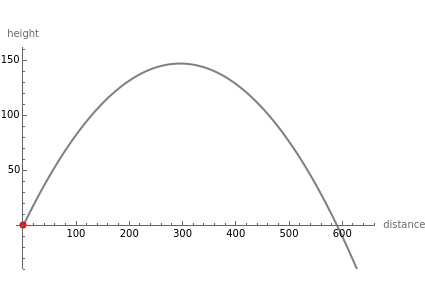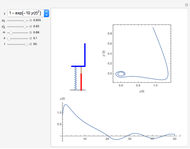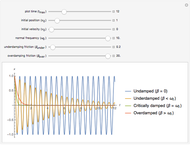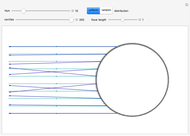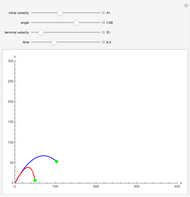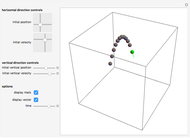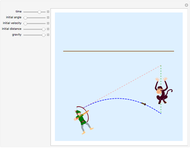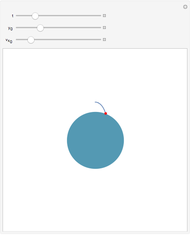Motion of Projectile with or without Air Resistance

Requires a Wolfram Notebook System
Interact on desktop, mobile and cloud with the free Wolfram Player or other Wolfram Language products.
This Demonstration shows the relationship between mass, gravity, air resistance, and initial angle on the motion of a projectile. The parabola (gray curve) is the path the object would take assuming no air resistance (drag), which corresponds to choosing "none" in the drag coefficient options.
[more]
Contributed by: Matt Young (June 2012)
Open content licensed under CC BY-NC-SA
Snapshots
Details
detailSectionParagraphPermanent Citation
"Motion of Projectile with or without Air Resistance"
http://demonstrations.wolfram.com/MotionOfProjectileWithOrWithoutAirResistance/
Wolfram Demonstrations Project
Published: June 18 2012
